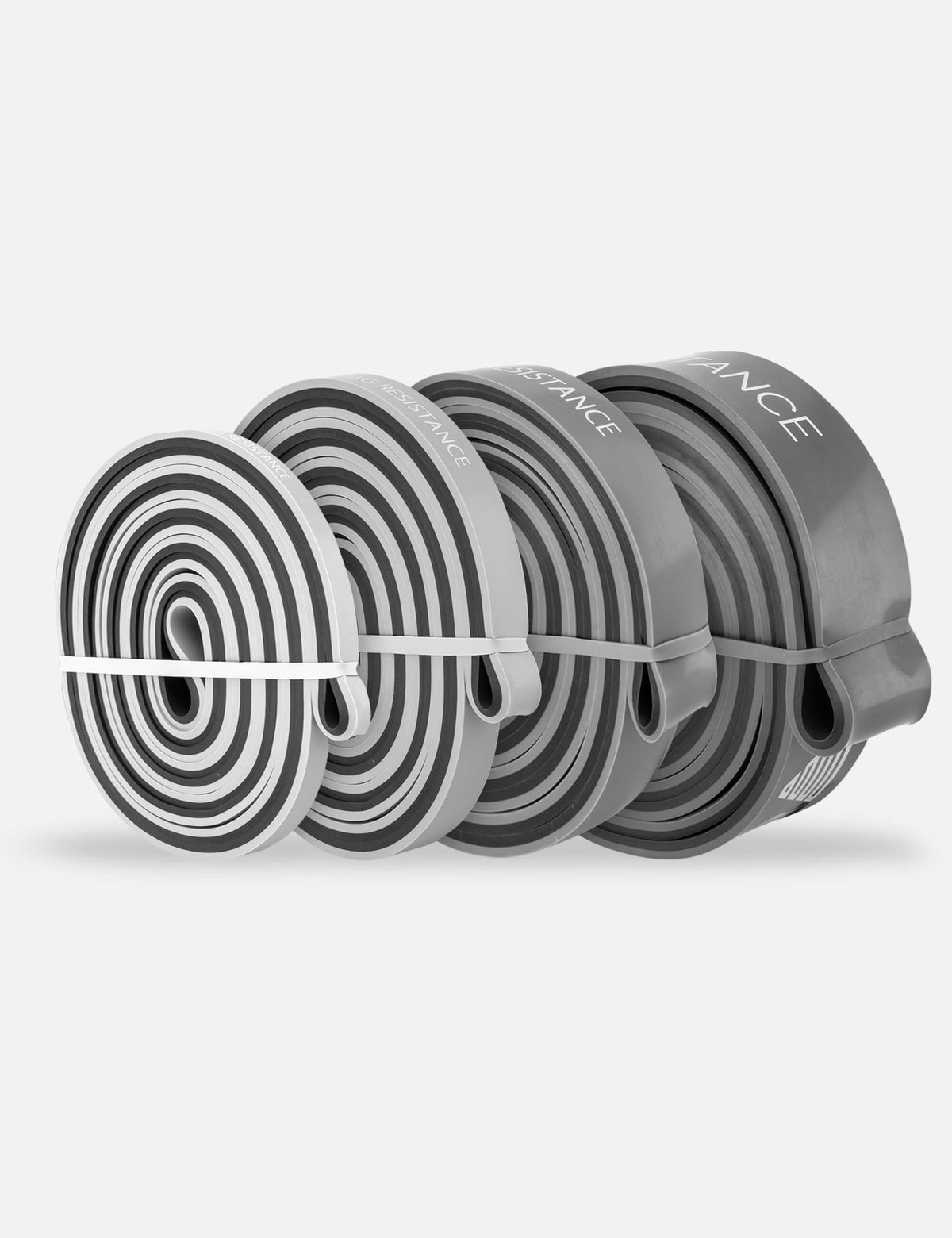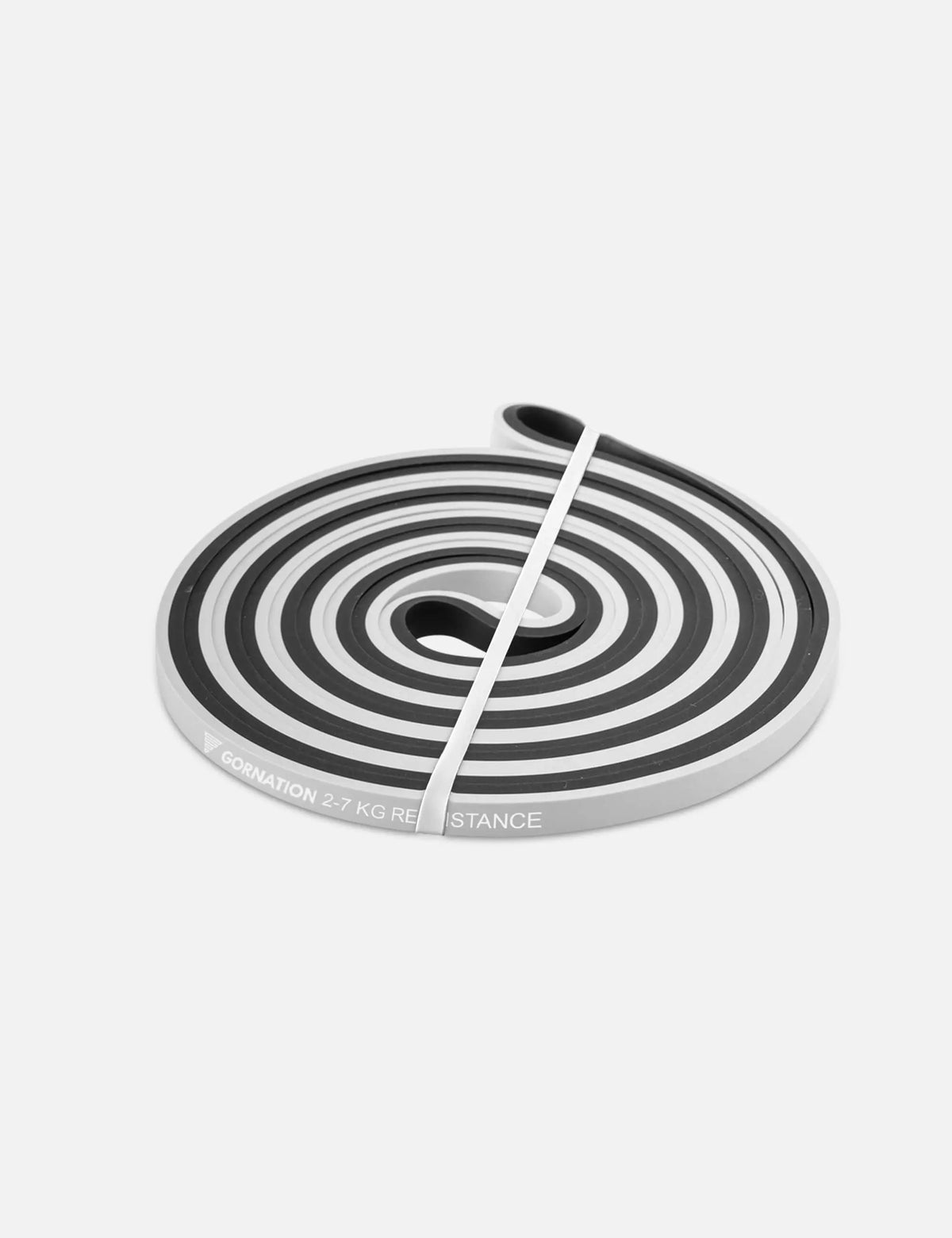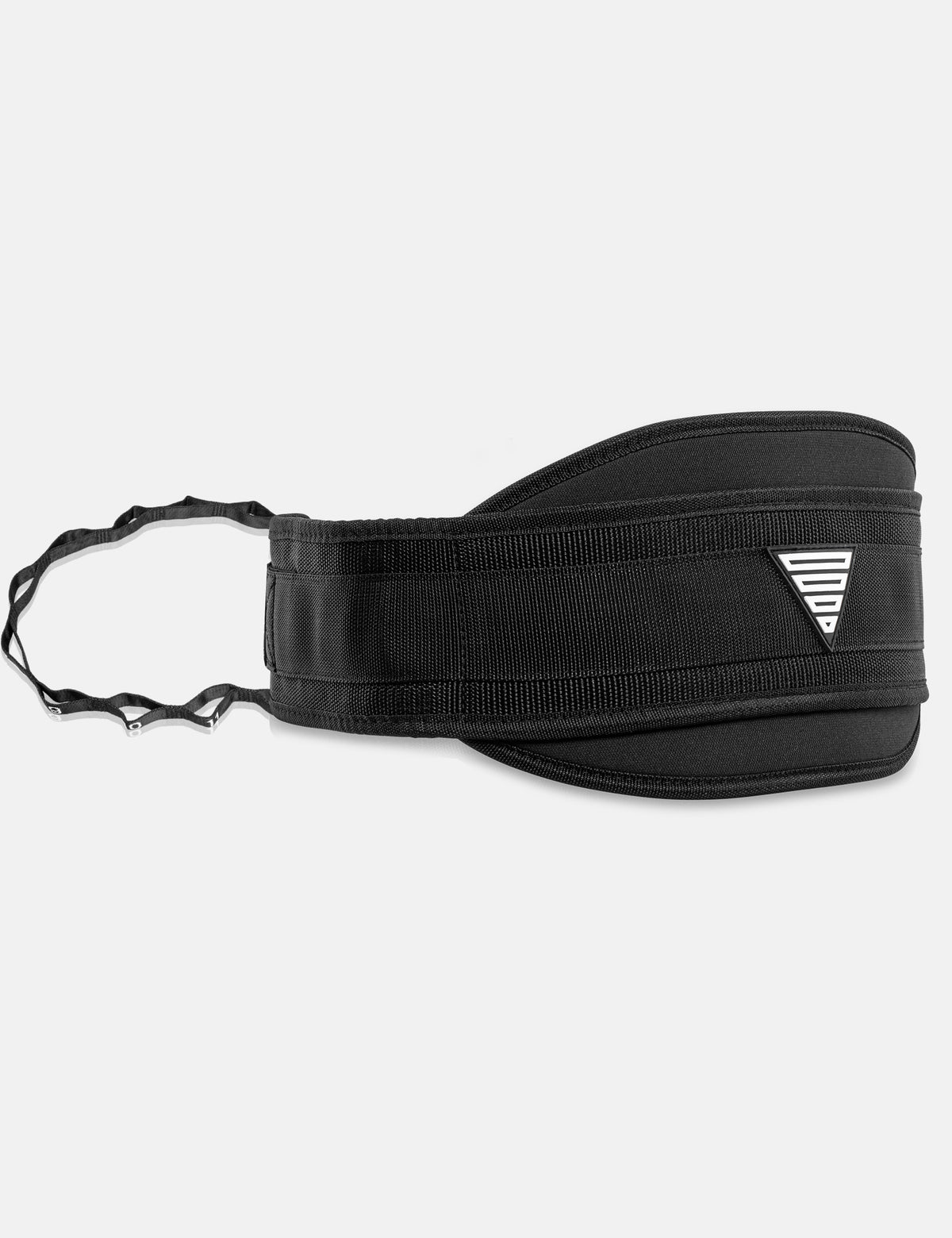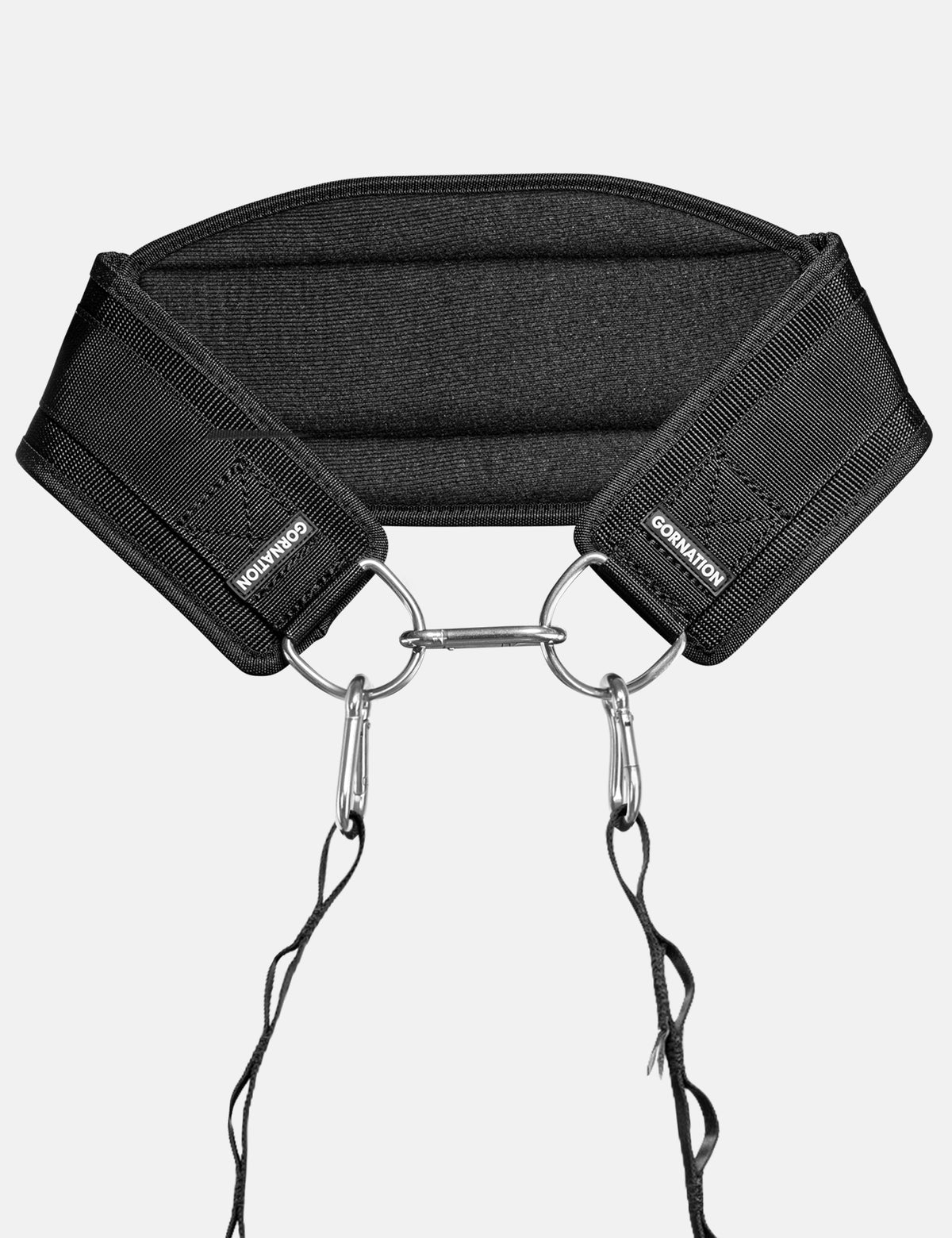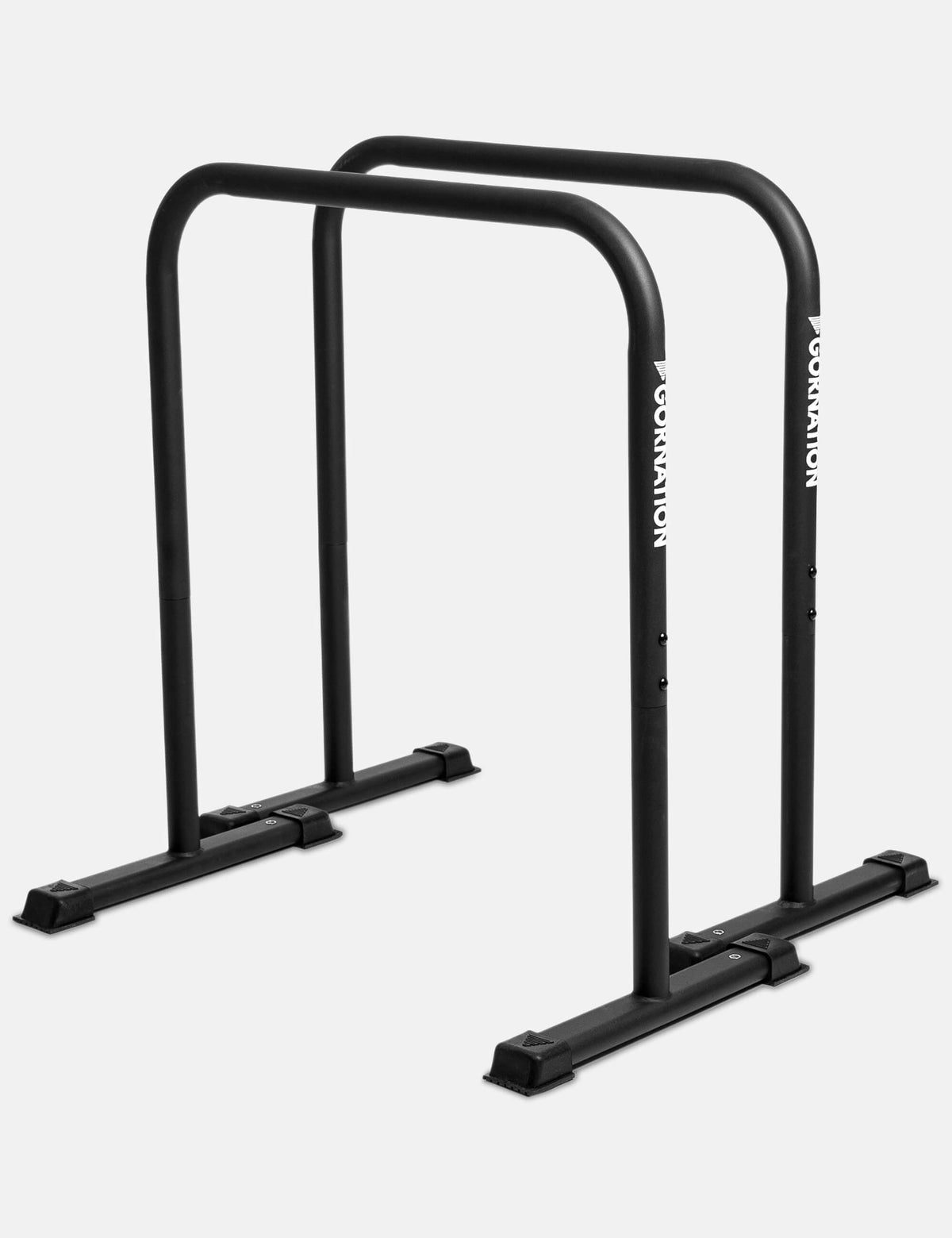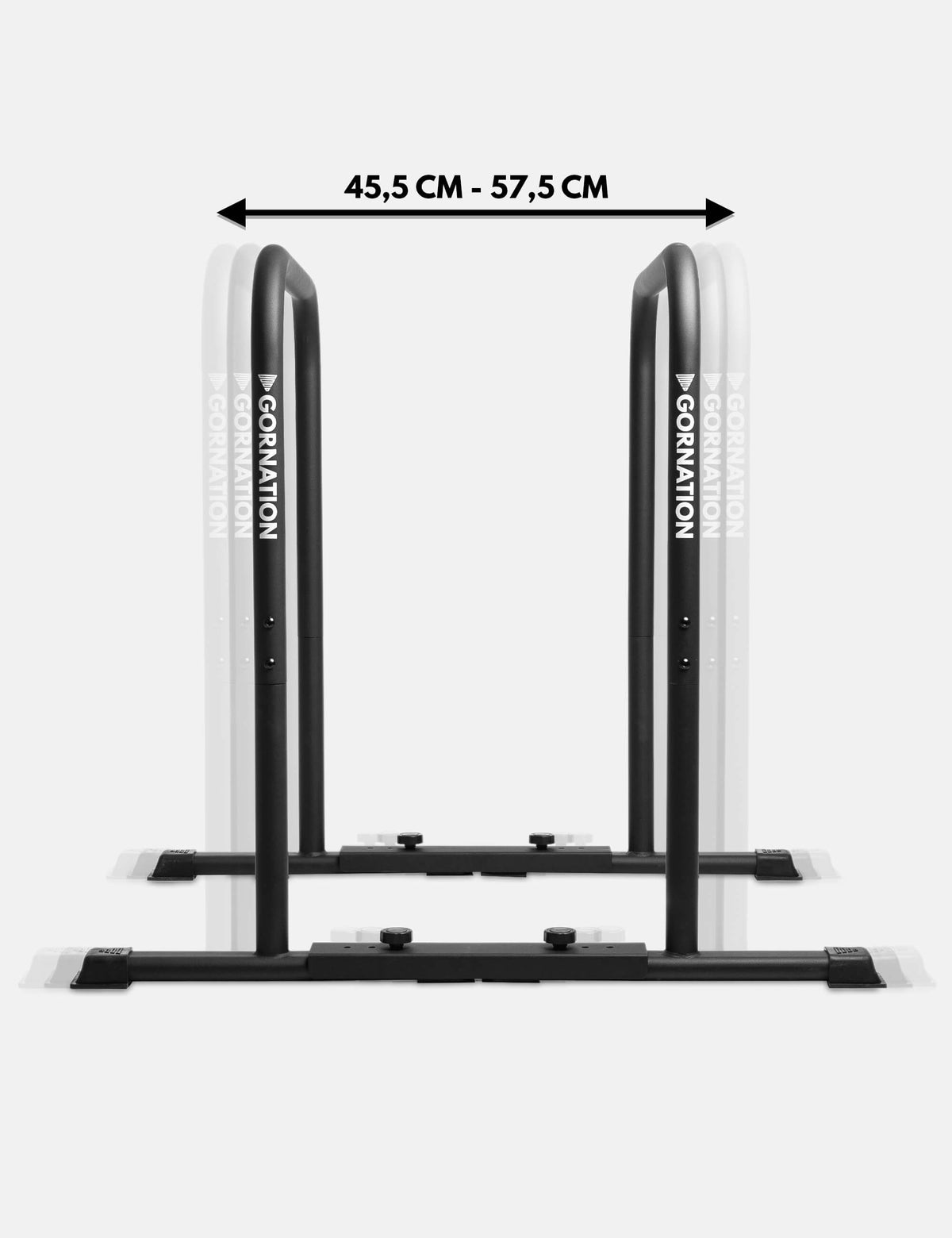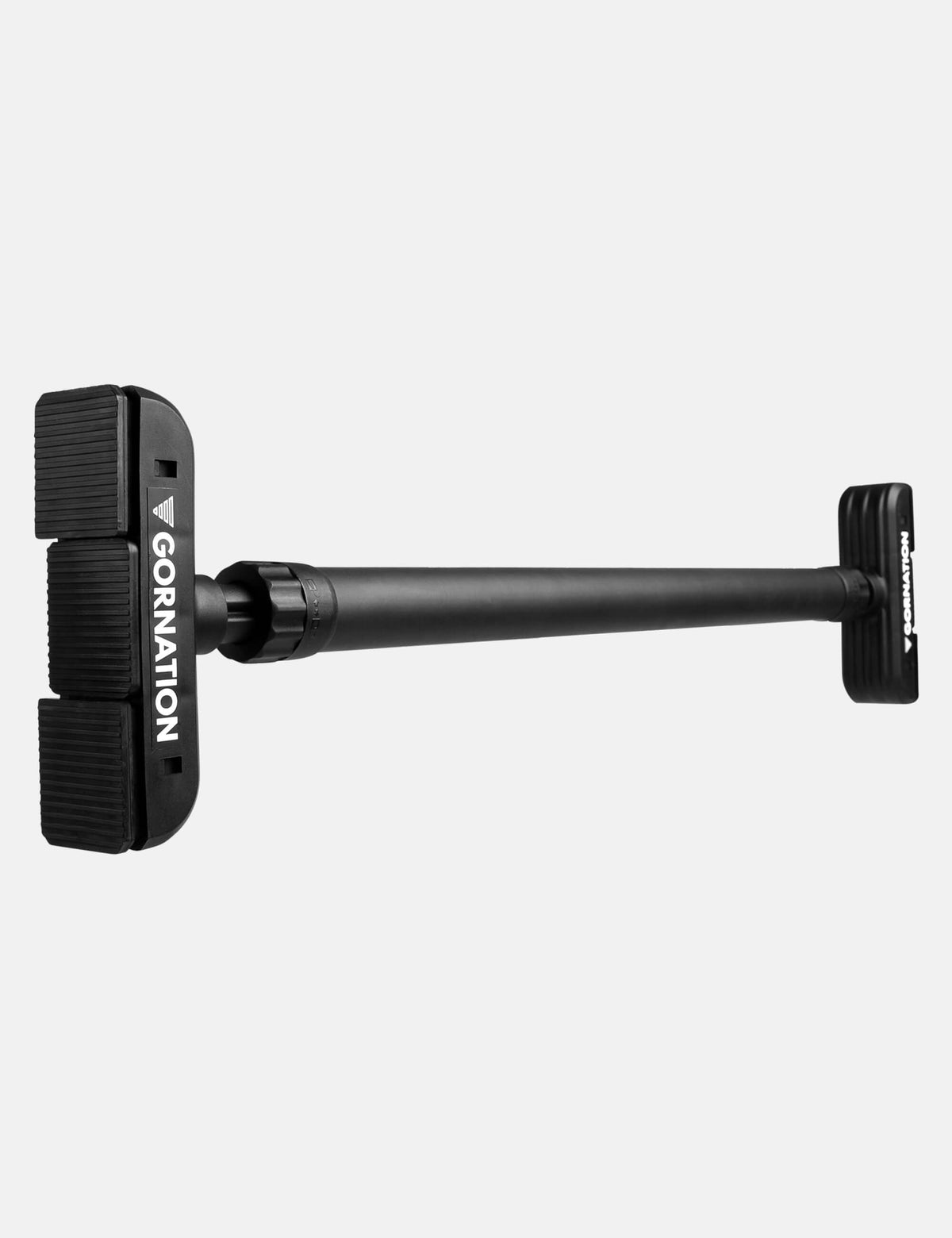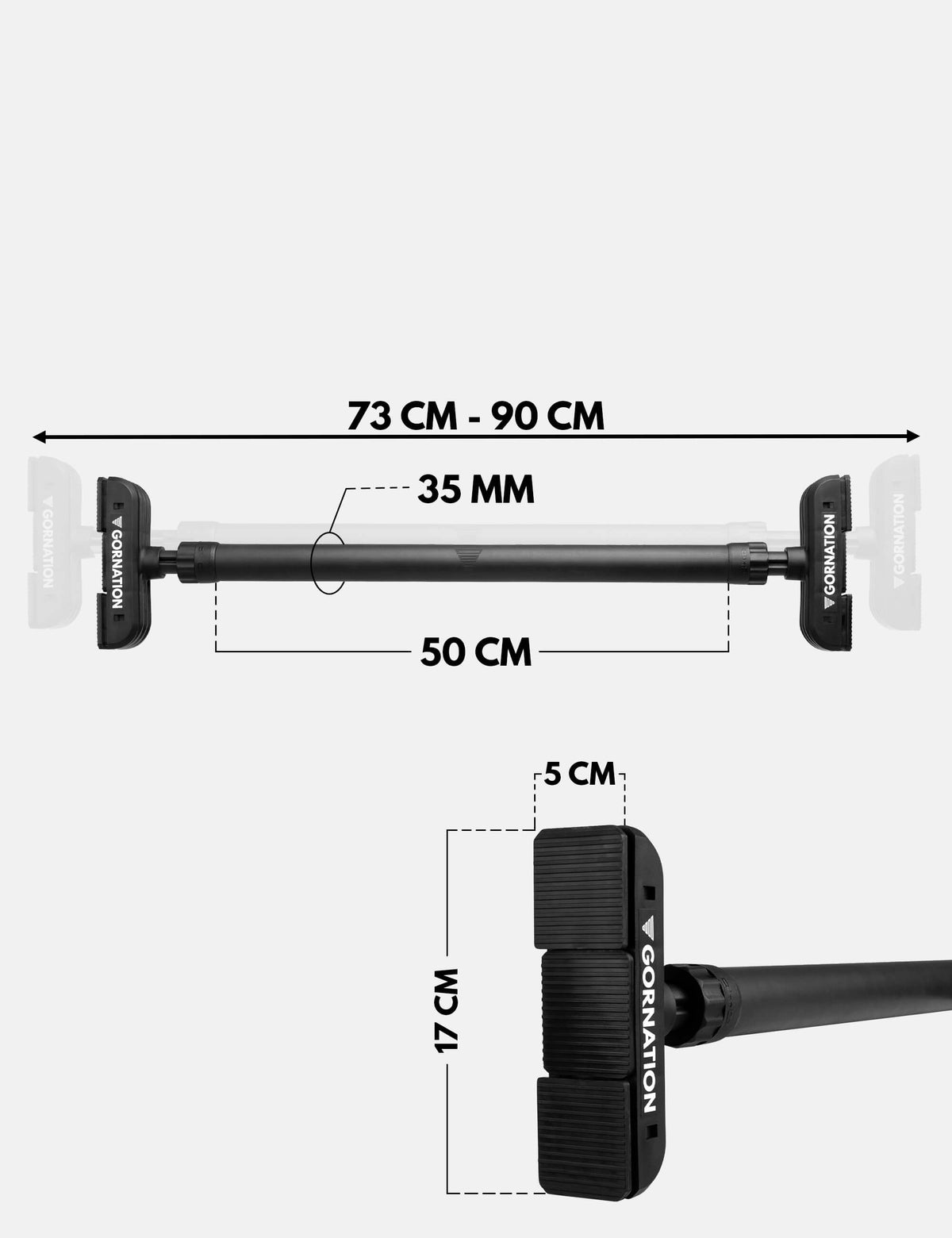How to do the exercise
The Ring Fly is a demanding calisthenics chest exercise that develops straight-arm strength and stability. It is especially effective for building a strong chest and preparing for skills like the Planche. Here’s how to perform the Ring Fly correctly:
1. Starting Position
Set up with both hands on the rings, arms straight, and body leaning slightly forward. Engage your core and maintain a stable body line before starting the movement.
2. Opening Phase
With controlled movement, slowly let your arms move out to the sides in a wide arc. Keep elbows slightly unlocked but arms mostly straight. Avoid collapsing into your shoulders – focus on chest activation and stability throughout.
3. Closing Phase
Bring your arms back together in front of your body while keeping your chest up and core engaged. After that, push yourself back up. The movement should be smooth and controlled, avoiding momentum or jerky motions.
4. Reset and Repeat
Return to the starting position, reset your core tension, and repeat for the desired number of reps. Start with small range of motion and increase gradually as your strength improves.
Recommended Equipment for Ring Fly
Benefits of the exercise
The Ring Fly is a powerful chest exercise for calisthenics athletes and strength enthusiasts:
-
Builds chest strength and size through a wide range of motion
-
Develops straight-arm strength essential for planche and Iron Cross
-
Improves stability in shoulders, elbows, and wrists
-
Enhances core activation and full-body tension
This makes the Ring Fly valuable both for beginners learning chest activation and advanced athletes preparing for high-level skills.
Main muscles used
The Ring Fly mainly targets:
-
Chest (Pectorals)
-
Front Deltoids
-
Serratus Anterior
-
Core muscles (for body stabilization)
By keeping the arms extended and moving in a wide arc, the chest and stabilizers are maximally engaged, leading to balanced upper body development.
If you're looking for other exercises, check out our Youtube video:
Mistakes to avoid
Common mistakes when performing the Ring Fly include:
-
Bending the arms too much: This reduces chest activation and turns it into a press instead of a fly.
-
Overextending at the bottom: Going too wide can overstress the shoulders. Control the range of motion.
-
Using momentum: Keep the movement slow and controlled for maximum benefit.
-
Collapsing the core: Maintain full-body tension to avoid sagging hips or an arched back.
-
Neglecting wrist stability: Rings challenge balance – support with proper grip and, if needed, Wrist Wraps.
Progress by starting with partial range of motion or feet support, and increase intensity as your chest and straight-arm strength improve.
Discover more Exercises
Looking for more ways to level up your training? Check out our full exercise overview or try these effective exercises that perfectly complement your training:
Please read our legal disclaimer before starting your workout.
 | 5.000+ Reviews
| 5.000+ Reviews
 Free EU Shipping above 100€*
Free EU Shipping above 100€*
 Worldwide Tracked Shipping
Worldwide Tracked Shipping






